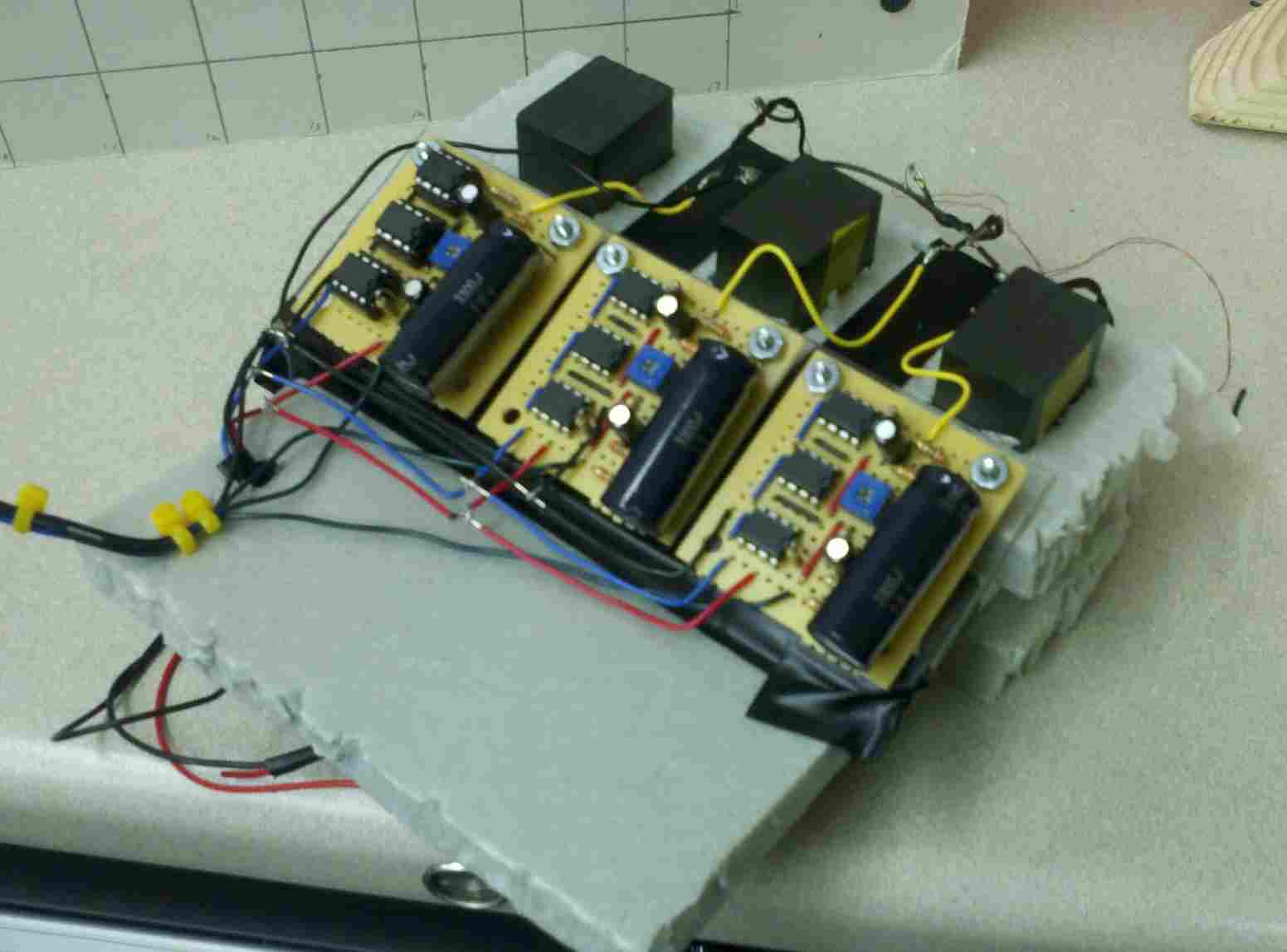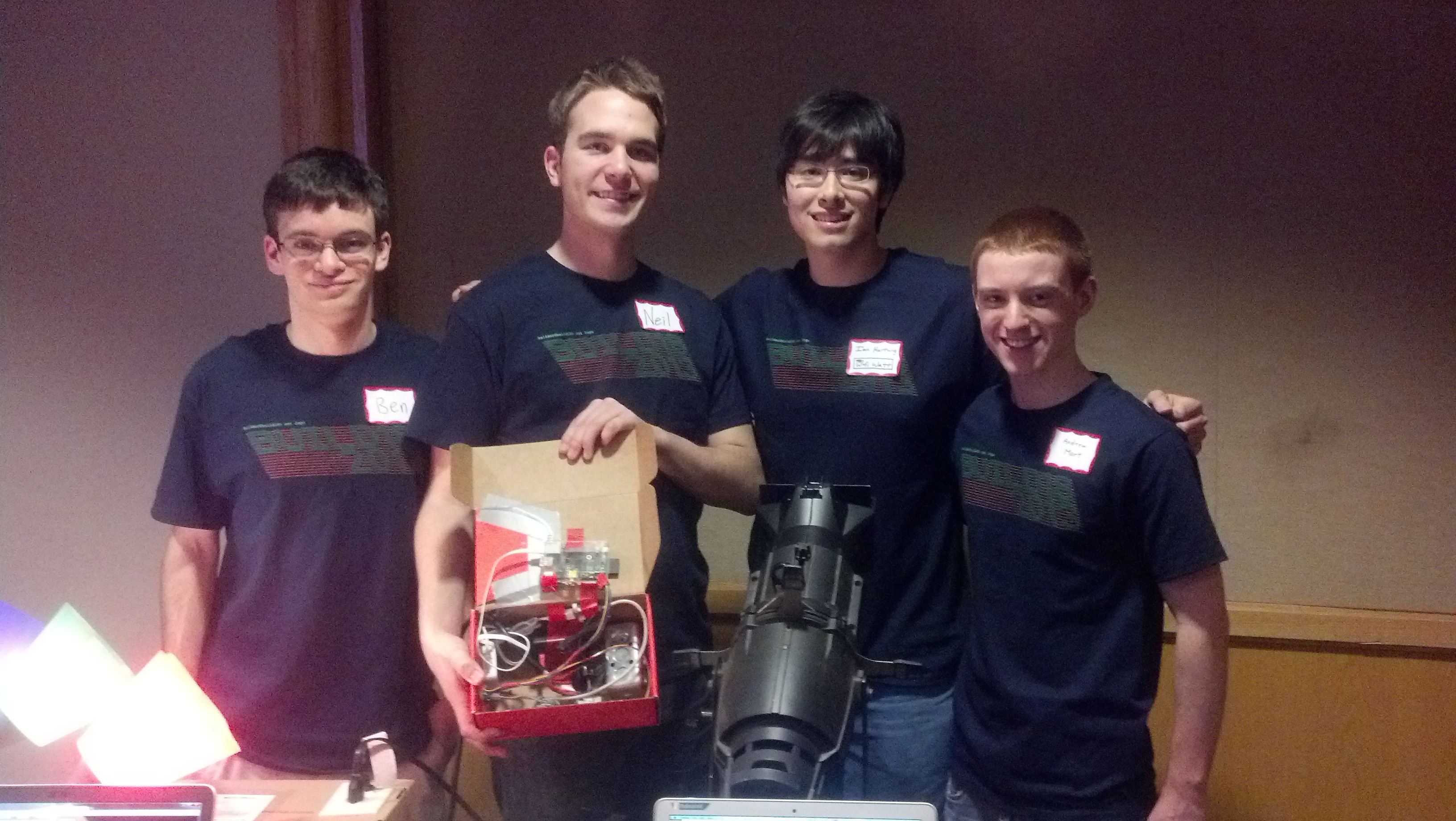Neil's Projects
JPL Projects
Mars 2020 (Perseverance)
I developed new software modules and updated heritage software for the Mars 2020 rover mission, including:
- Backlash and torque compensation for milliradian pointing accuracy for Laser-Induced Breakdown Spectroscopy
- JPEG, gzip, and optimized Malvar demosaicing to enable faster and more compact image and data compression
- Queuing and blending rover arcs with progress notifications, enabling continuous autonomous driving
- Visual-odometry pose estimation while driving and sun-gaze for high-sun-elevation heading estimation
- Frame management for tracking poses of rover mechanisms and targets on Mars surface
Mars 2020 Mission Website
Mars 2020 Mobility
COLDArm

COLDArm was a flight technology demonstration (unfortunately descoped to a ground demonstration) of how bulk-metallic glass actuators could be used to control a robot arm in extremely cold environments without heaters.
I was a member of the very small flight software team. We worked quickly from initial requirements and architecture to a full flight software system, utilizing the new F' flight software framework.
Project Website
MLNav
The MLNav project demonstrated how a heavily-utilized algorithm within the Mars 2020 rover's mobility software could potentially be augmented with a machine-learning heuristic for increased computational speed and efficiency, especially in complex terrains.
I identified the opportunity for enhancement, integrated the heuristic into the flight software, and ran monte carlo simulations to show significant computational improvement.
Safety-Critical Compression
In collaboration with Astrobotic Inc, I created open-source versions of the compressors used on the Mars2020 rover mission. These implementations of JPEG, LOCO, and zlib feature changes to make the code more compatible with safety standards such as MISRA-C. A library for Malvar demosaicing was also released.FreeClimber
The Freeclimber project demonstrated how a limbed robot with microspine grippers could traverse vertical surfaces such as lava tubes or canyon walls.
I designed the robot's kinematics, mobility, and autonomy algorithms. I deployed and operated the robot in coordinated desert and lava tube field trials with science teams.



